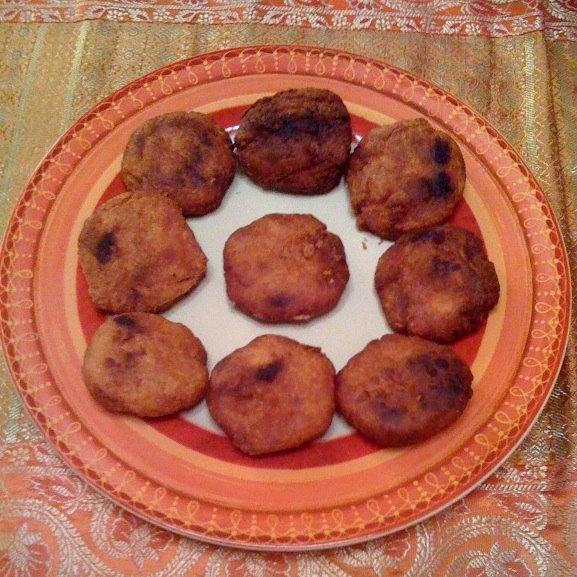Facts About Adhirasam
Adhirasam, also known by various names such as Kajjaya in Kannada, Ariselu in Telugu, Anarsa in Marathi, and Arisa Pitha in Odia, is a delectable Indian sweet revered across regional cuisines including Tamil, Kannada, Telugu, Marathi, and Odia. This doughnut-like confection has deep historical roots and is particularly cherished during festive occasions.
In Tamil Nadu and Karnataka, Adhirasam is a quintessential delicacy during the Deepavali festival, finding its place in homes and temples as a special offering. Its origins are fascinating, believed to date back to the 16th century during the reign of the Vijayanagara emperor, Krishnadevaraya. Historical inscriptions reveal that Adhirasam was traditionally crafted from rice flour, jaggery, butter, and pepper.
A remarkable tradition involving Adhirasam takes place at the Panchavarnesvar Temple in Nallur, where an impressive offering of 6,000 Adhirasams and 6,000 vadas is made during the annual festival.
The process of making Adhirasam is a labor of love that can take up to a week. It begins with soaking rice, which is then ground into a fine powder. Jaggery is melted in water and mixed with cardamom. The dough is allowed to ferment for several days before being shaped into balls and deep-fried to a perfect golden brown.
Adhirasam is more than just a sweet treat; it holds cultural significance and epitomizes the rich culinary traditions of South India and Maharashtra. The recipe has been lovingly passed down through generations, making it a beloved part of festivals and special occasions. Enjoying Adhirasam is like taking a bite out of history, savoring the flavors that have been cherished for centuries.

 India
India